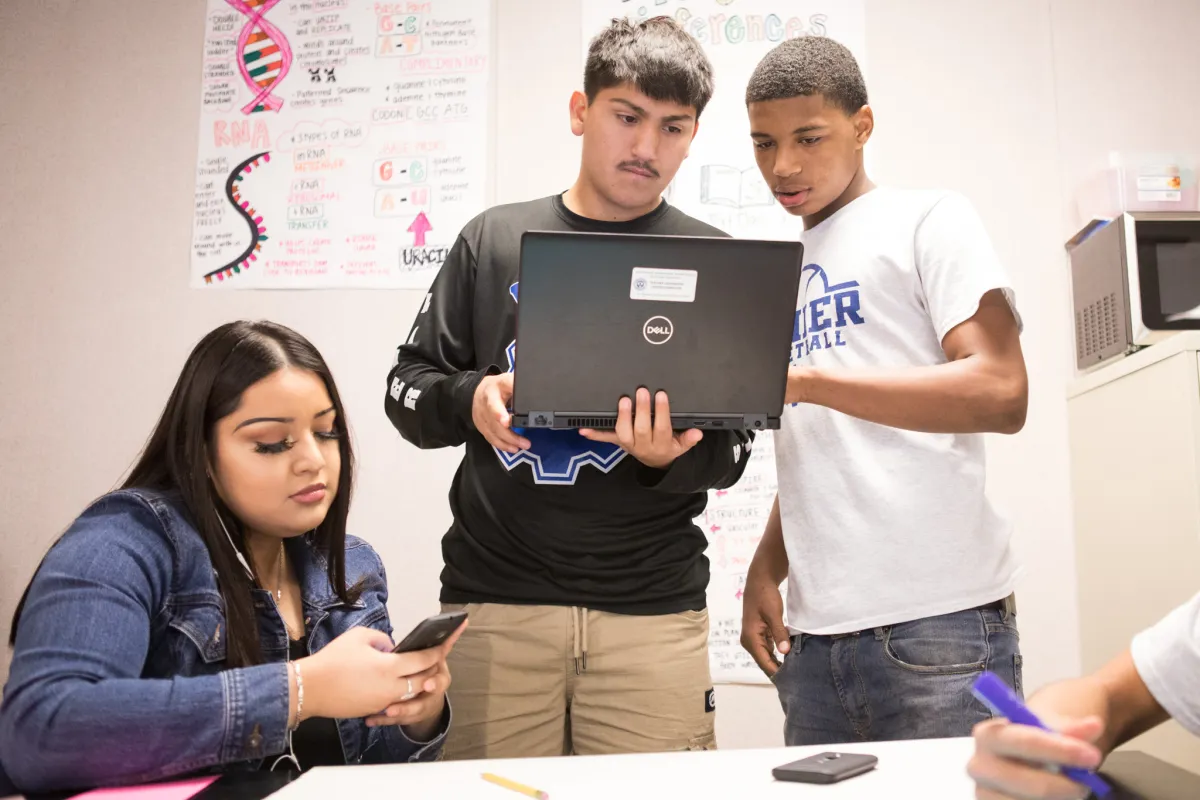The federal government this month passed a $1 trillion infrastructure bill, with $65 billion to bring broadband internet access to low-income families, tribal communities, and those in rural areas in the United States.
It’s now up to statewide leaders to allocate the funds to towns and cities, but there’s no guarantee that San Antonio, where about 20% of households are without internet access, will see any of it. We cannot wait for the federal and state governments to decide whether they will help close the digital divide in San Antonio. Our local private sector leaders have already united to put the pieces in place to address this issue. Now is the time to invest locally in this effort.
City Council will hear city staff recommendations for the allocation of American Rescue Plan Act (ARPA) funding Thursday, and it behooves our local elected officials, along with other local public and private leaders, to kick-start the effort to close the digital divide with the needed funding and support.
Throughout the pandemic, we’ve witnessed just how important affordable and reliable internet access is, as schools, workplaces, health care providers, and even the justice system have turned to broadband networks to function and provide services to citizens. On the heels of this shift, we no longer can ignore the lack of internet access that affects about 390,000 Bexar County residents today. We’re already behind as a city in equipping residents with the necessary infrastructure and supplies to succeed.
The greatest need for adequate digital access is on the city’s West, East, and South sides, low-income areas that have long been underserved. Internet access today means an opportunity to find work, attend school, and access important health care information, among other numerous required tasks. Without affordable access to this utility, these populations are left without the means to participate and survive in our society and our economy.
As a public-private-community collaboration, SA Digital Connects advocates for city and county officials to designate funding to initiatives aimed at expanding broadband access to every local household. Our aspirations for our advocacy work fall under four categories: internet availability, affordability, device access, and adoption support/digital literacy.
Under each of these categories, we’ve outlined several implementation goals to bridge the gap in resources over the next four years: expand reliable internet access to every household at the above-average rate of 100/100 megabits per second, establish affordable broadband options, provide access to devices that meet technical requirements for applications, and ensure residents are smart, safe, and secure when online.
Accomplishing these ambitious tasks will take commitment, collaboration, and significant funding from a mix of partners. Along with private sector support, financial backing from the city and county is integral to closing the digital divide.
An estimated $600 million is needed for expanding connectivity through broadband infrastructure, devices, and digital literacy over the next three years. Currently, SA Digital Connects is advocating for $25 million in city ARPA funds which will help up to 5,000 households get the broadband infrastructure they need.
Though closing the digital divide comes with a hefty price tag, the return on investment is worth it. Recent studies show that every $1 put toward digital inclusion produces a $2.40 societal return, boosted by the community’s overall increased earnings and taxes. Having ultra-fast broadband also leads to a 3% average increase in new business formation, and increases students’ economic potential to make about $2 million more over their lifetime.
It is imperative that our local officials utilize every funding opportunity available to allocate the necessary funds during this unique but fleeting opportunity. If we push this necessary undertaking down the road, the costs associated will only continue to rise and the disparity between those who have and those who do not will only widen. Investing in local digital inclusion will allow our neighbors and children to thrive in today’s digital economy. Let’s not miss this chance to make San Antonio the digitally inclusive and equitable community that will be necessary for our future.
Nojoto -https://nojoto.com/profile/4dc2ba24429b98771cff56f2f85fd1f9/ye-dil-ki-baat-haiii
Facebook:https://www.facebook.com/yedilkibathai

Comments
Post a Comment